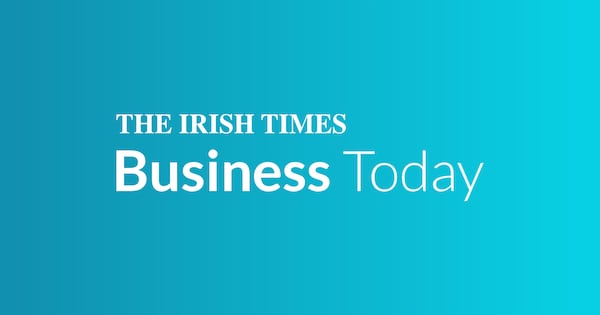Consumers bought less food and clothes in October compared with the same period last year, while they also bought fewer items in bars and pubs, new data from the Central Statistics Office (CSO) shows.
The volume of retail sales overall decreased by 0.5 per cent in the month but increased by 2.1 per cent in the year, largely off the back of a 5 per cent boost to motor trades.
The data shows the headline figure was also boosted by a 3.9 per cent increase in purchases of pharmaceutical, medical and cosmetic products.
On the other side of the coin, the sector showing the largest annual volume decline was clothing, footwear and textiles, where sales were down 3.8 per cent, while the volume of sales in bars fell 2.6 per cent.
RM Block
There were also a 2.6 per cent decline in the volume of sales of furniture and lighting, while the volume of food, beverages and tobacco sold fell 2.3 per cent.
Excluding motor trades, retail sales grew by 1.5 per cent in the year but were down 0.1 per cent in the month.

If Irish households are so rich, why does it feel like an illusion?
Taking October compared to September, there was a 4.4 per cent increase in the sales volume of food, beverages and tobacco, while fuel was up 1.6 per cent, and books, newspapers and stationery were up 0.9 per cent.
On the downside, volumes of hardware, paints and glass were down 3.5 per cent, while sales of clothing, footwear and textiles were down 1.9 per cent, and motor trades were fell 1.7 per cent.
The value of retail sales fell by 0.5 per cent in the month and rose by 3.4 per cent in the year. Stripping out motor trades, the value of retail sales remained unchanged in the month and rose by 3.1 per cent on an annual basis.
Separate data from the CSO published last week showed the average weekly pay in Ireland increased by nearly 5 per cent in the past year and has remained above €1,000 for the third quarter in a row.
Average weekly earnings were €1,003.81 in the third quarter of the year, which was an increase of 4.9 per cent compared with €956.56 in the same period in 2024.
On average, workers have seen an increase in their purchasing power in the past 12 months, as earnings increased relative to inflation despite the cost-of-living crisis.
The 4.9 per cent increase in average pay outweighed a nearly 3 per cent increase in the Consumer Price Index in the year to October.
Some sectors outperformed, but earnings rose across all sectors. Pay grew the most in the arts, entertainment and recreation sector, increasing 8.7 per cent against the third quarter of 2024, a 7.7 per cent increase in accommodation & food services represented the second largest hike.



















